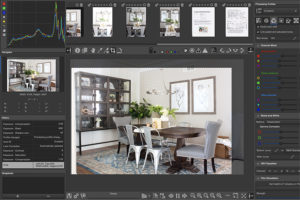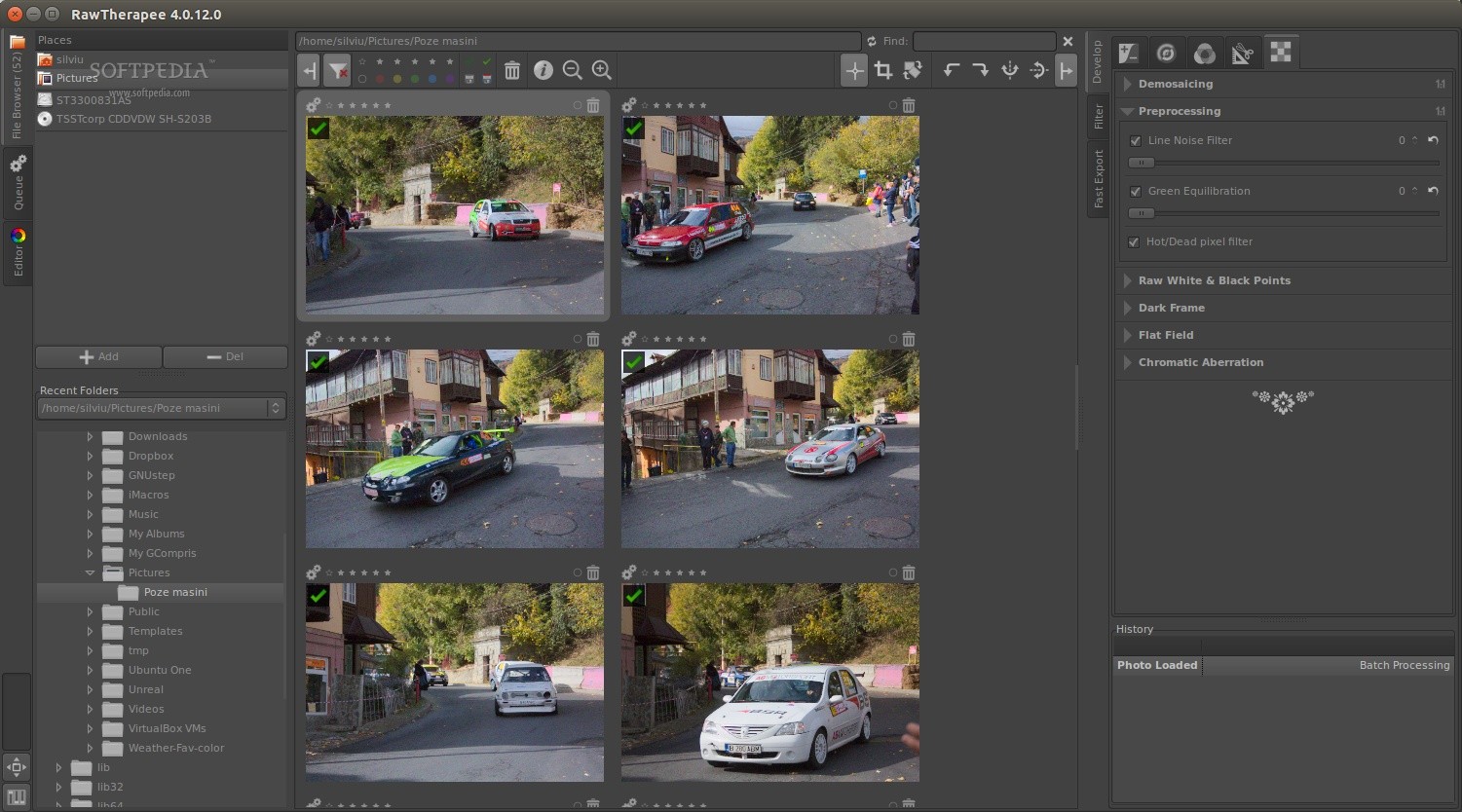

Saturation is the color equivalent of Exposure, allowing the user to globally deepen or lighten all colors in an image.


Saturation and Vibrance are the last basic settings one may frequently want to use. This method won’t add edge detail like Clarity, but it will more subtly add contrast. This option is generally unique to Lightroom, but it can be partially replicated by experimenting with white and black levels (increased contrast would mean darker blacks and brighter whites). In doing so, the Clarity slider can give the benefit of added contrast while preventing the noise or grain (and often an uglier image) that can come overuse of the global Contrast slider. Attentive readers may notice a theme so far of combinations of controls that offer large changes (whites, blacks) with controls that offer more detailed modifications to smaller parts of the image (highlights, shadows).Ĭontinuing this trend, Clarity is effectively a method of only adding contrast to mid-tones (mid meaning middle of the histogram). Lastly, Whites and Blacks intuitively allow pixels leaning towards white or black to be made brighter or darker. Shadows, on the opposite hand, can help recover lost detail in dark areas of images. The highlights slider will modify only the brightest sections of the image, allowing you to tame overexposed images (you may have seen or heard the term “blown highlights”). After these more heavy-handed options, there are more precise controls that can also be controlled through the histogram on top, as I previously explained. Contrast further darkens darker areas of the image and brightens lighter areas. Exposure modifies the global brightness unselectively. Tone settings come next, beginning with options for exposure and contrast. In desktop and mobile Lightroom, you have the option of selecting the eye dropper, which effectively auto-corrects white balance once you direct it to a point on your photo that you know should be a neutral grey or white. This is used to improve accuracy of the color representation in photos, accomplished by modifying the temperature and tint in order to direct the picture towards your preferred outcome, which may include fixing imperfect white balancing in camera. Traveling down the options in the menu pictured below, we begin with ‘WB’ or white balance.
#Rawtherapee lightroom how to
This can all generally also be done with the sliders you can see on the right, but this takes somewhat longer and is also not nearly as fun! A great exploration of the utility of histograms and how to read them can be found here. The tone curve, found below the Basic section, can also be dragged about in a similar fashion, but is generally only needed for slightly modifying a nearly-complete image or recovering detail in an image that was drastically over- or underexposed. My favorite ways to modify a photo’s tone are through the histogram (the graph at the top of the screenshot below), which allows you to click on one of five sections (blacks, shadows, exposure, whites, highlights) and drag them left or right to reduce or increase the prevalence of that specific light type. Some of the most useful and intuitive methods of editing in Lightroom are relatively unique to it and even then only in the desktop app. Generally speaking, these options will be intended to modify the tone (exposure/lighting), white balance, and color in your photos. DNGs for mobile devices) and importing them into your app of choice, you will be presented with several options. After the process of finding your RAW files (usually. I will be using the desktop version of Adobe Lightroom (5.4) to demonstrate these features.

While providing granular tutorials for each of the applications mentioned above is a bit beyond the scope of this article, what I can do is explain some of the more common options you will have at your disposal, regardless of which one you choose to adopt. General Tips and Suggestions for Editing Photography The circular selector shown is the white-balancing tool. The Develop section of Lightroom for Android.


 0 kommentar(er)
0 kommentar(er)
